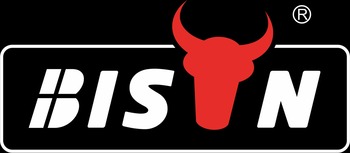Gun Pressure Washer
Bison Machinery is one of the leading manufacture of pressure washer, sewer /drain jetting machine, high pressure pump and functional pressure washer accessories, with CE, Rohs, Euro5 certificated and patents more than 30. All metal parts are processed by precision processing equipment, and each one will be 100% inspected before leaving the factory.
BISON‘s pressure washer spray guns and pressure washer wands options can be easily attached to pressure washers, allowing you to control the water target and pressure to get surfaces clean quickly. BISON Supplier offer Professional Pressure Washer Spray Guns and Wands to meet all your pressure cleaning needs.
Contact BISON immediately to send a wholesale request. We will help you choose the best power washer gun according to your needs. In addition, we also provide pictures, PDFs, videos, etc. to help you expand your business.
Standard by Short Pressure Washer Gun by BISON
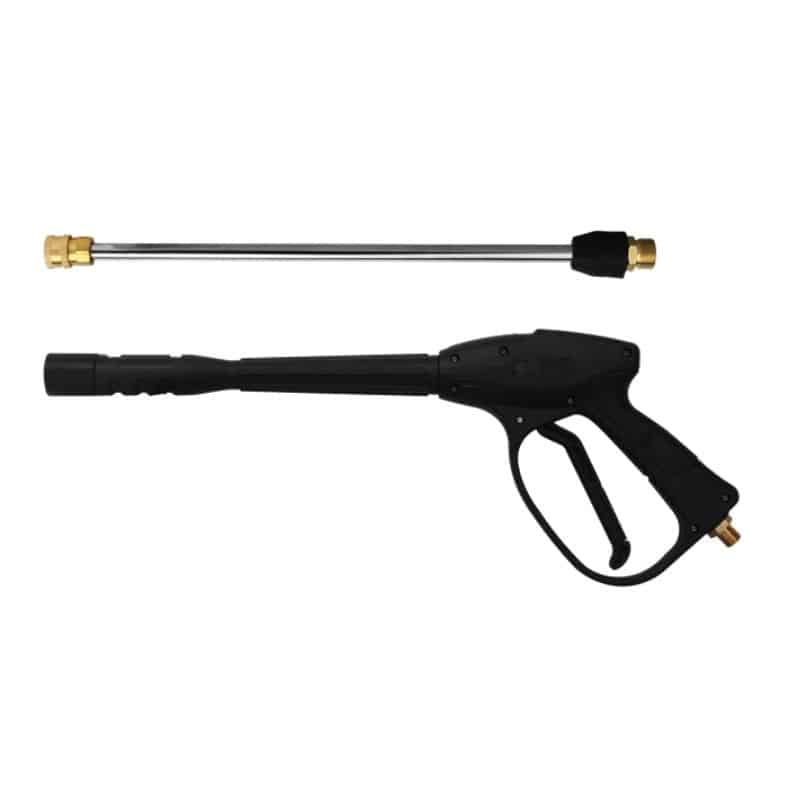
Pressure Washer Gun 2900PSI
Max Pressure: 2900PSI / 200bar
Max Temperature: 60°C / 140°F
Inlet: Optional
Mod: G01
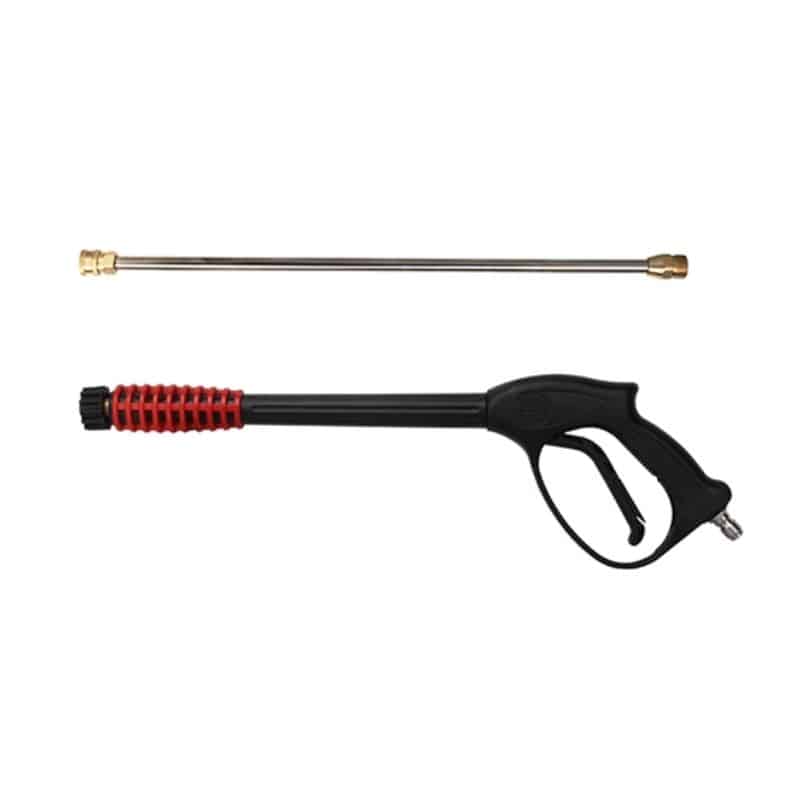
4000PSI Water Pressure Gun
Max Pressure: 4000PSI / 275bar
Max Temperature: 60°C / 140°F
Inlet: Optional
Mod: G02
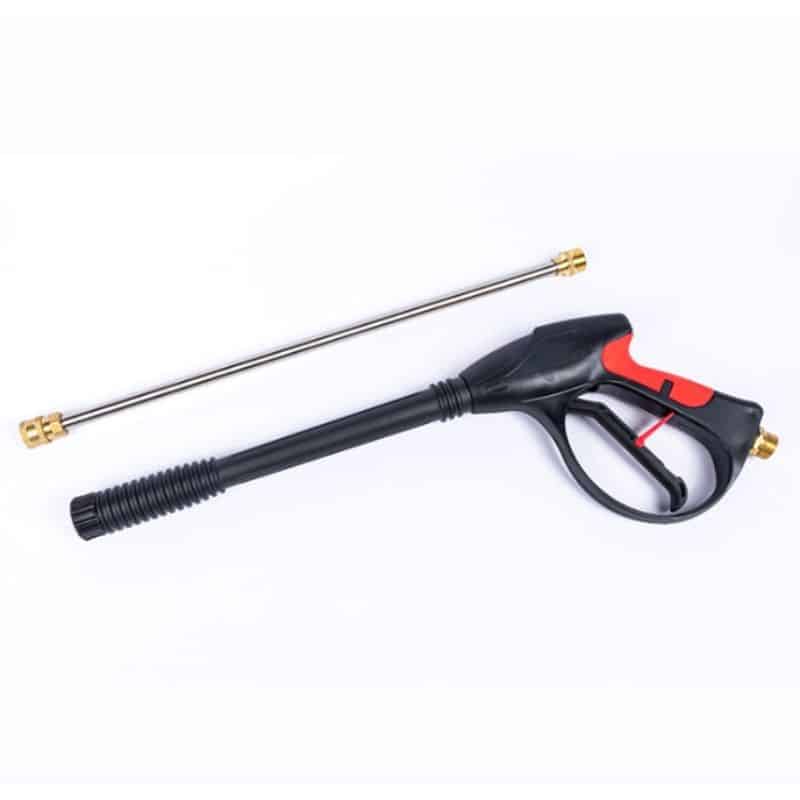
Pressure Gun With Power Washer Wand
Max Pressure: 4000PSI / 275bar
Max Temperature: 60°C / 140°F
Inlet: Optional
Mod: G03
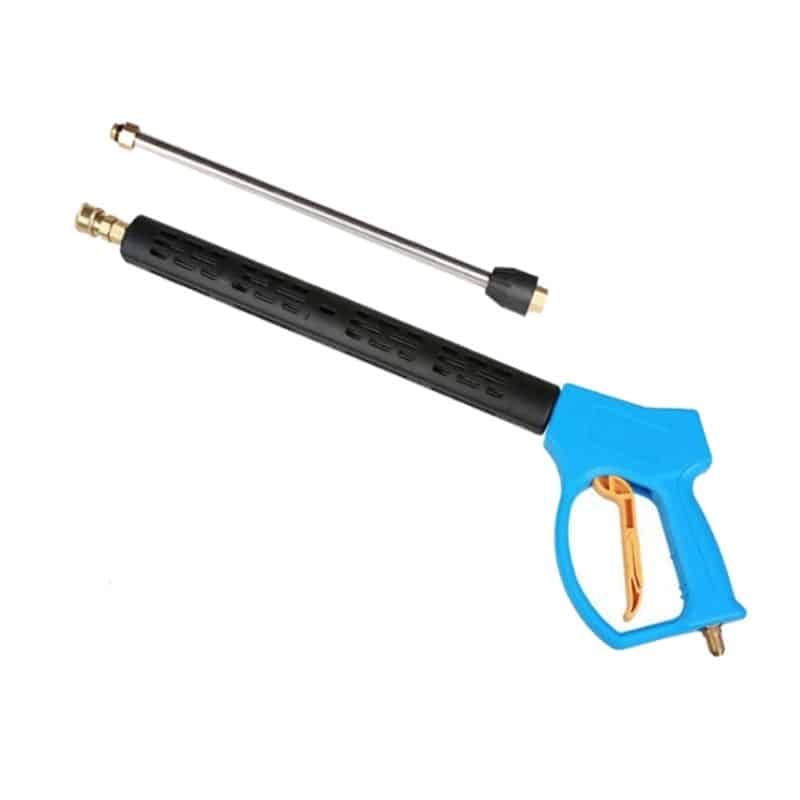
Power Washer Gun Lance
Max Pressure: 4000PSI / 275bar
Max Temperature: 60°C / 140°F
Inlet: Optional
Mod: G04
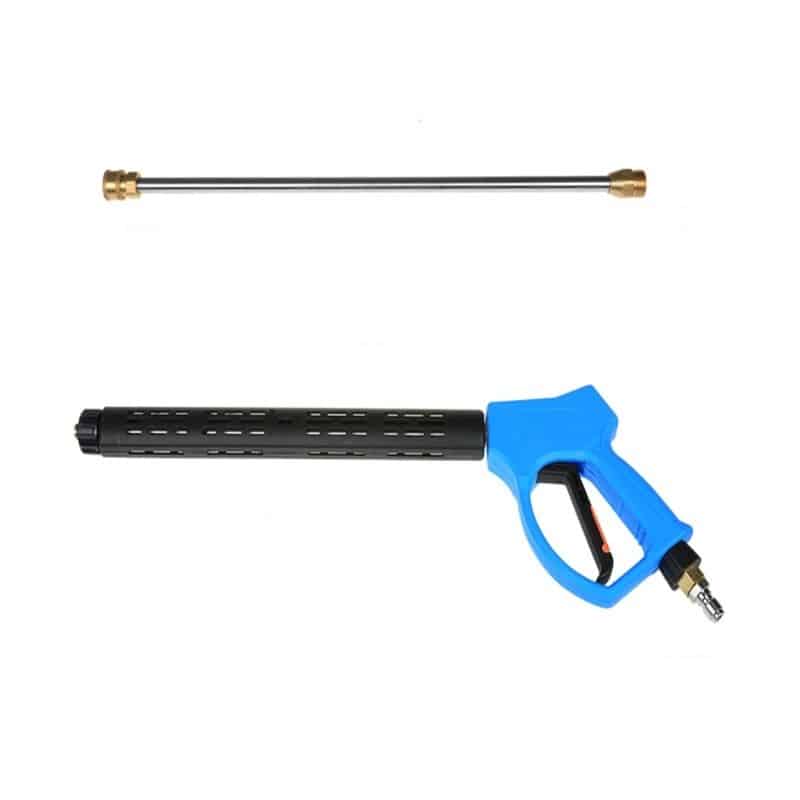
5000psi Pressure Washer Spray Gun
Max Pressure: 5000PSI / 345bar
Max Temperature: 60°C / 140°F
Inlet: Optional
Mod: G05
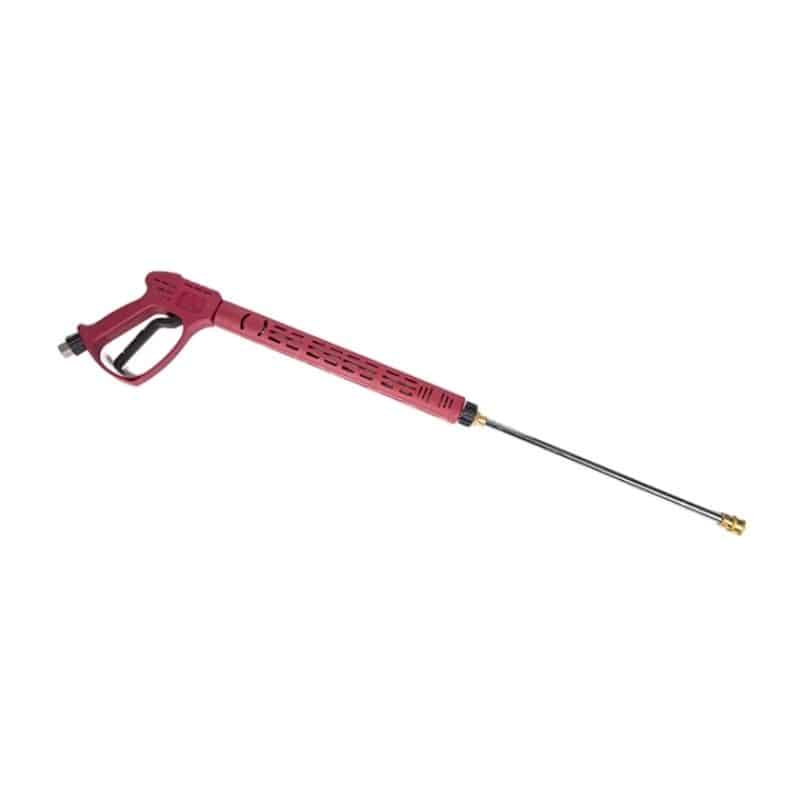
345Bar High Pressure Washer Gun
Max Pressure: 5000PSI / 345bar
Max Temperature: 60°C / 140°F
Inlet: Optional
Mod: G06
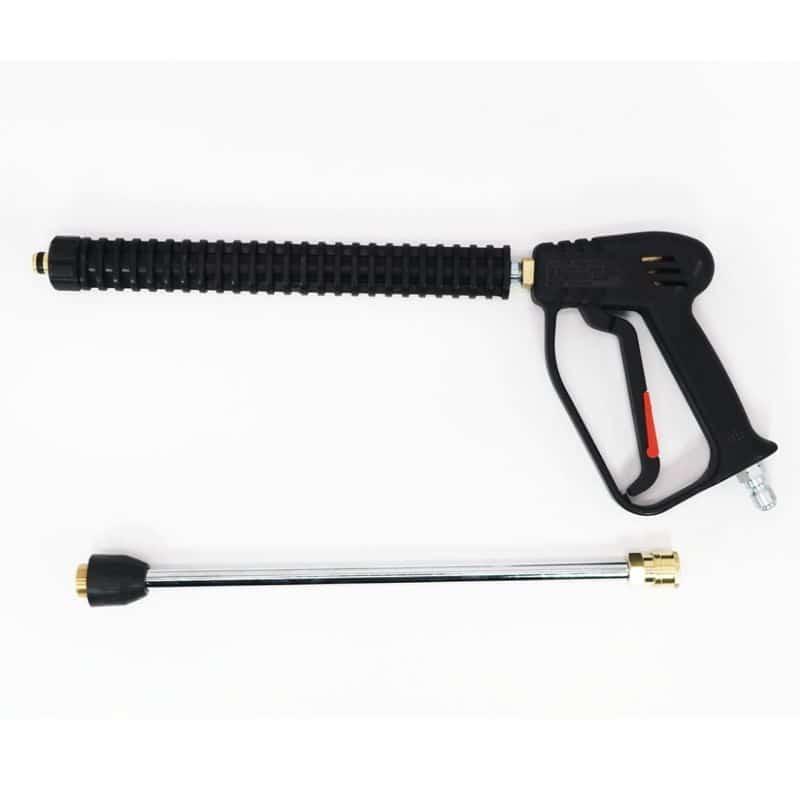
5000psi High Pressure Gun
Max Pressure: 5000PSI / 345bar
Max Temperature: 60°C / 140°F
Inlet: Optional
Mod: G07
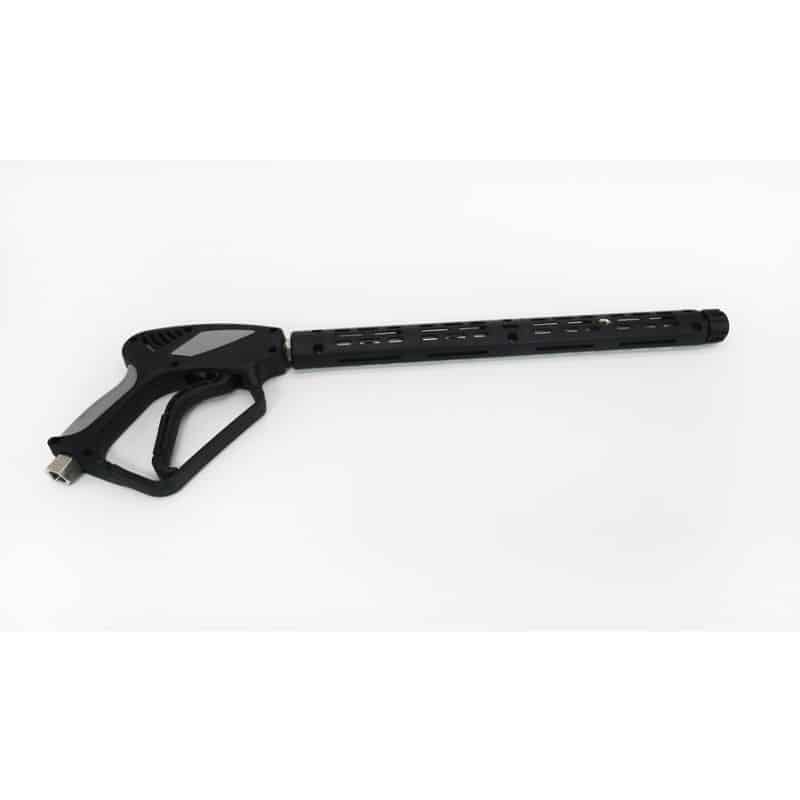
5000PSI Pressure Washer Trigger Gun
Max Pressure: 5000PSI / 345bar
Max Temperature: 60°C / 140°F
Inlet: Optional
Mod: G08
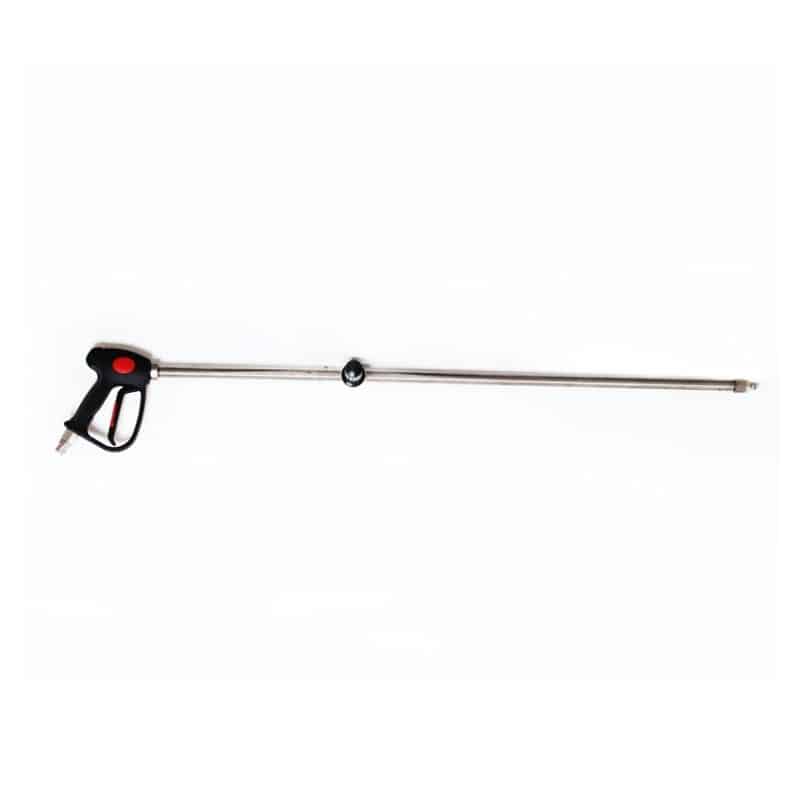
5000PSI Jet Wash Washer Gun
Max Pressure: 5000PSI / 345bar
Max Temperature: 60°C / 140°F
Inlet: Optional
Mod: G09
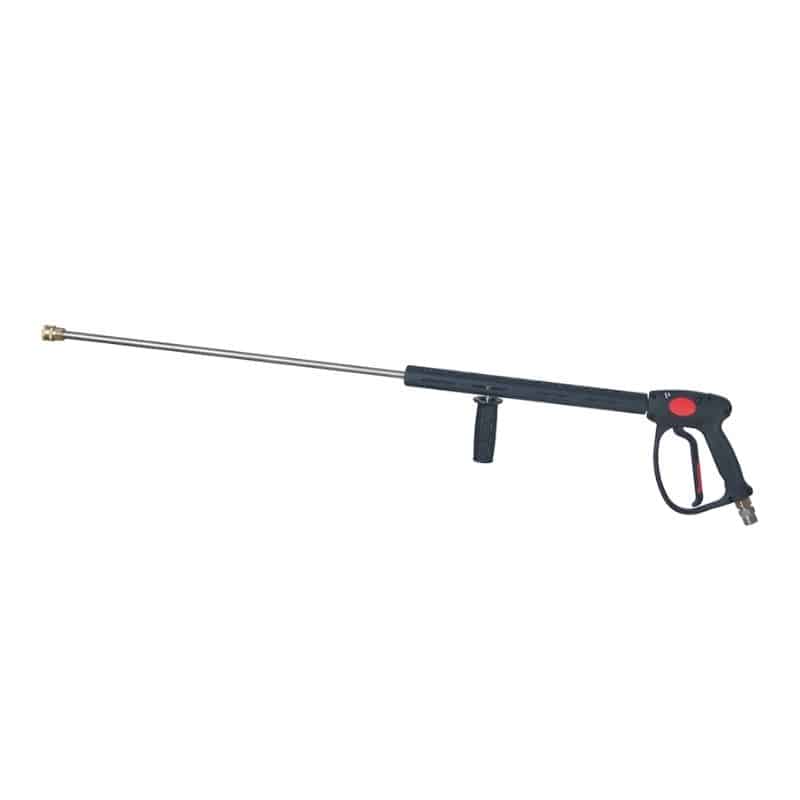
5000PSI Pressure Washer Wands Guns
Max Pressure: 5000PSI / 345bar
Max Temperature: 60°C / 140°F
Inlet: Optional
Mod: G10
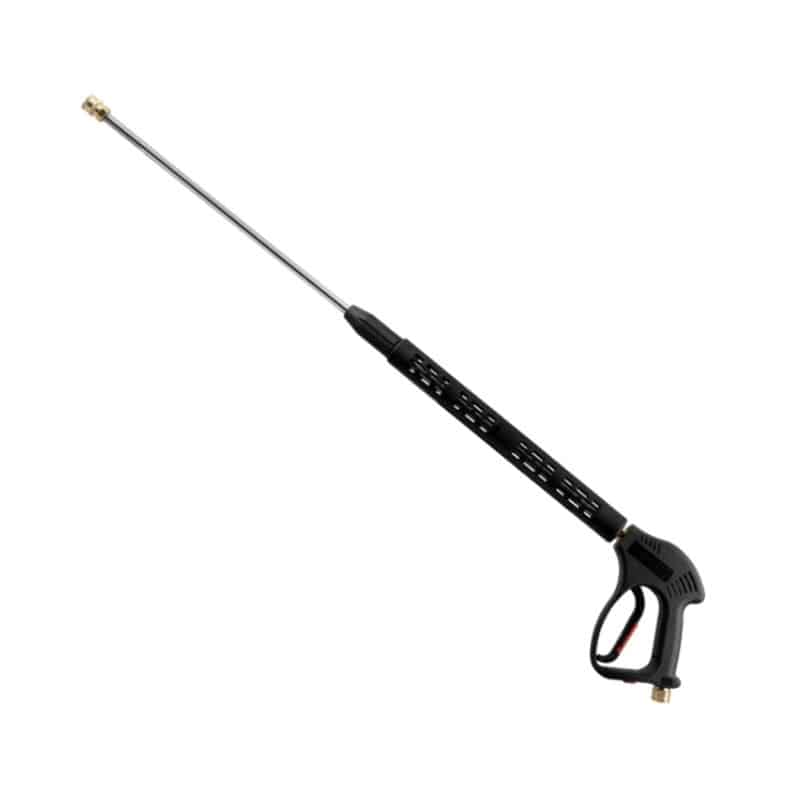
5000PSI Replacement Pressure Washer Gun
Max Pressure: 5000PSI / 345bar
Max Temperature: 60°C / 140°F
Inlet: Optional
Mod: G11
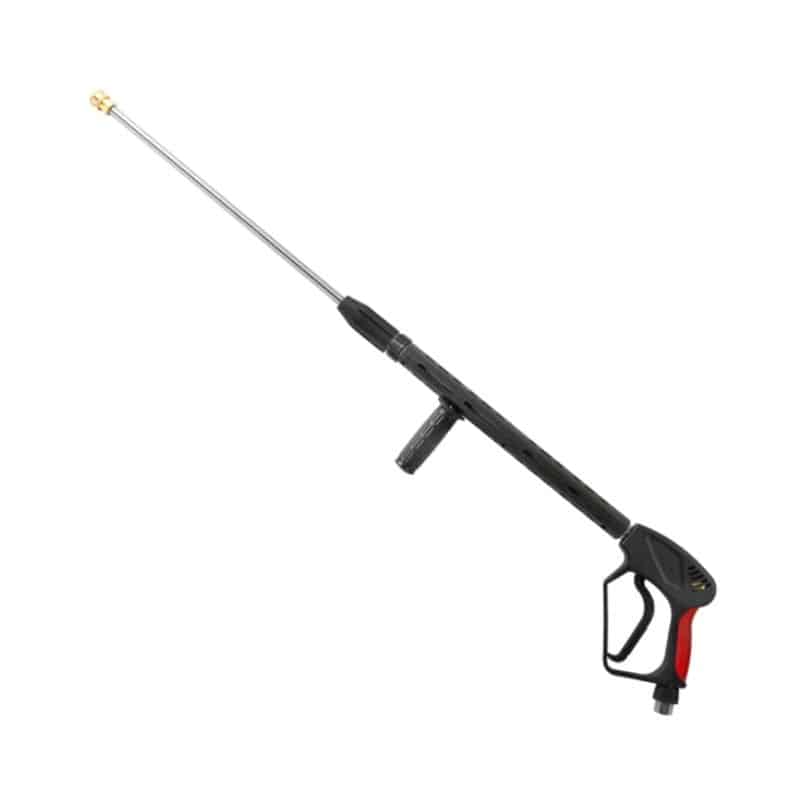
5000PSI Pressure Washer Trigger
Max Pressure: 5000PSI / 345bar
Max Temperature: 60°C / 140°F
Inlet: Optional
Mod: G12
Standard by Pressure Washer Gun by BISON
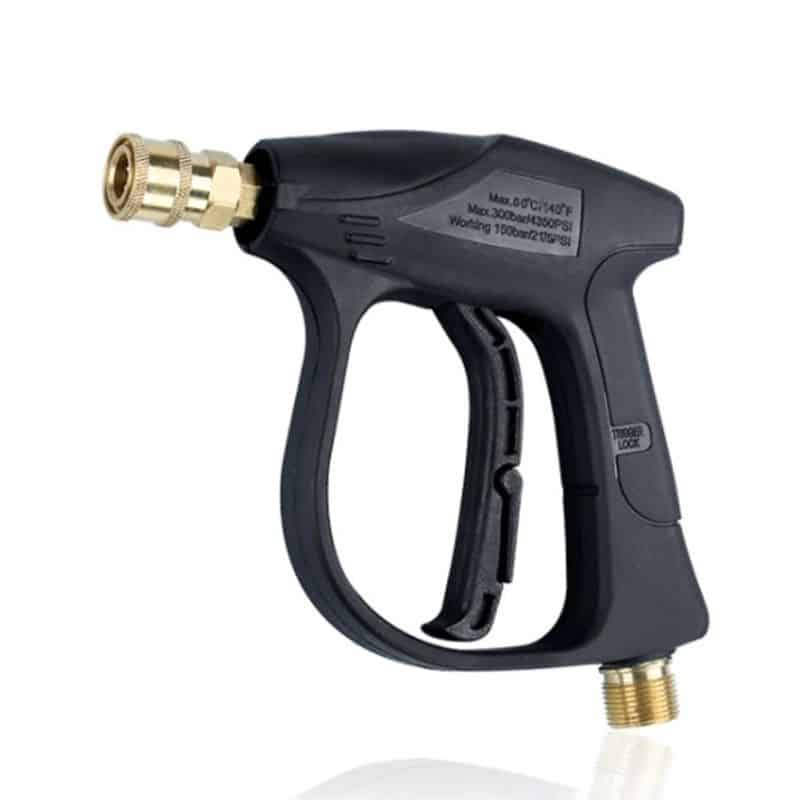
2200PSI Short Pressure Washer Wand
Max Pressure: 2200PSI / 150bar
Max Temperature: 60°C / 140°F
Inlet: Optional
Item: GS-01
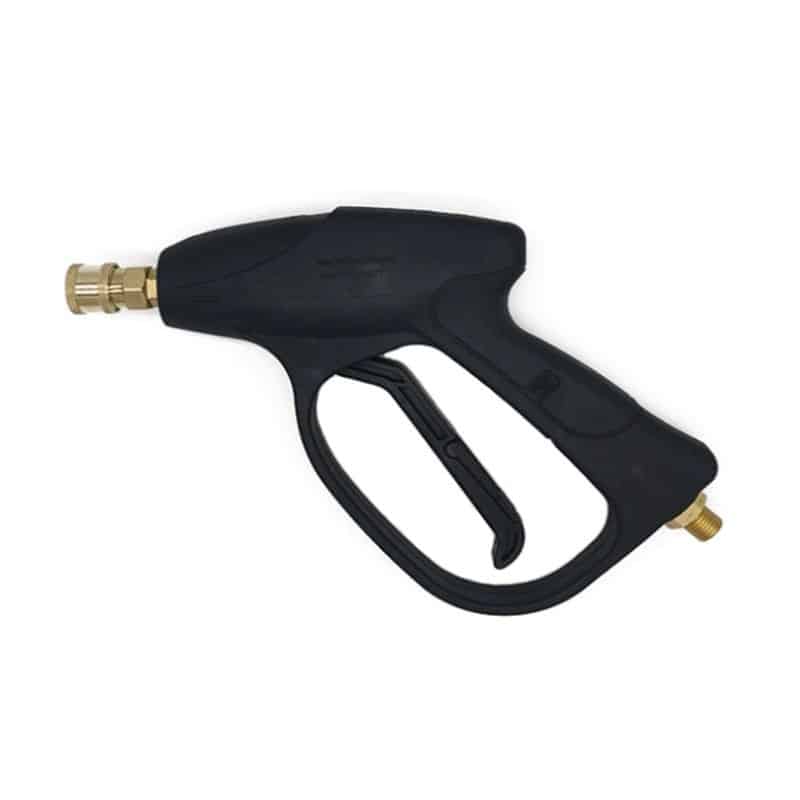
2200PSI Small Pressure Washer Gun
Max Pressure: 2200PSI / 150bar
Max Temperature: 60°C / 140°F
Inlet: Optional
Item: GS-02
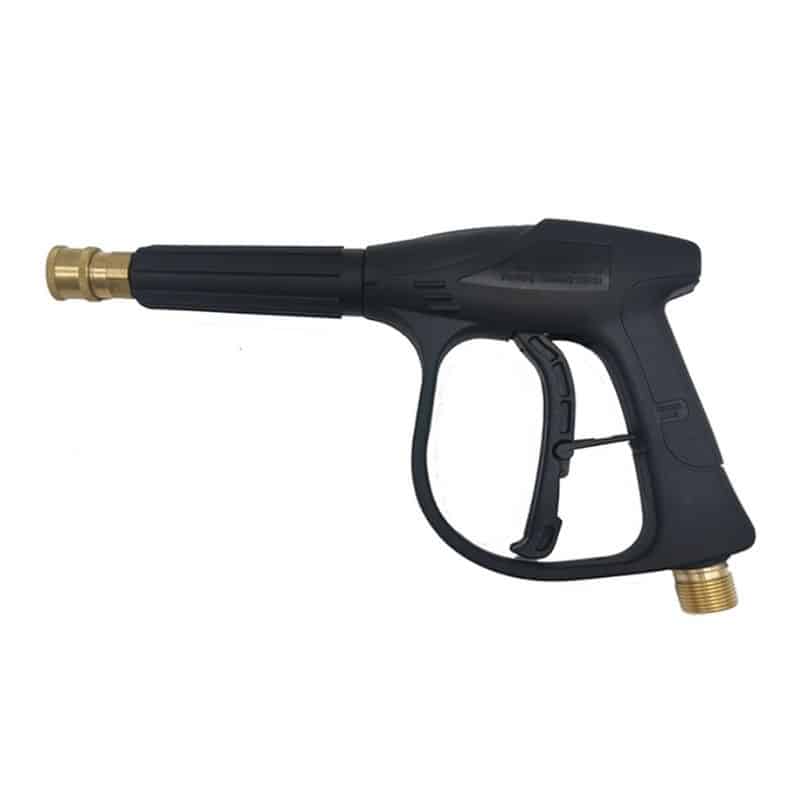
150Bar Short Power Washer Wand
Max Pressure: 2200PSI / 150bar
Max Temperature: 60°C / 140°F
Inlet: Optional
Item: GS-03
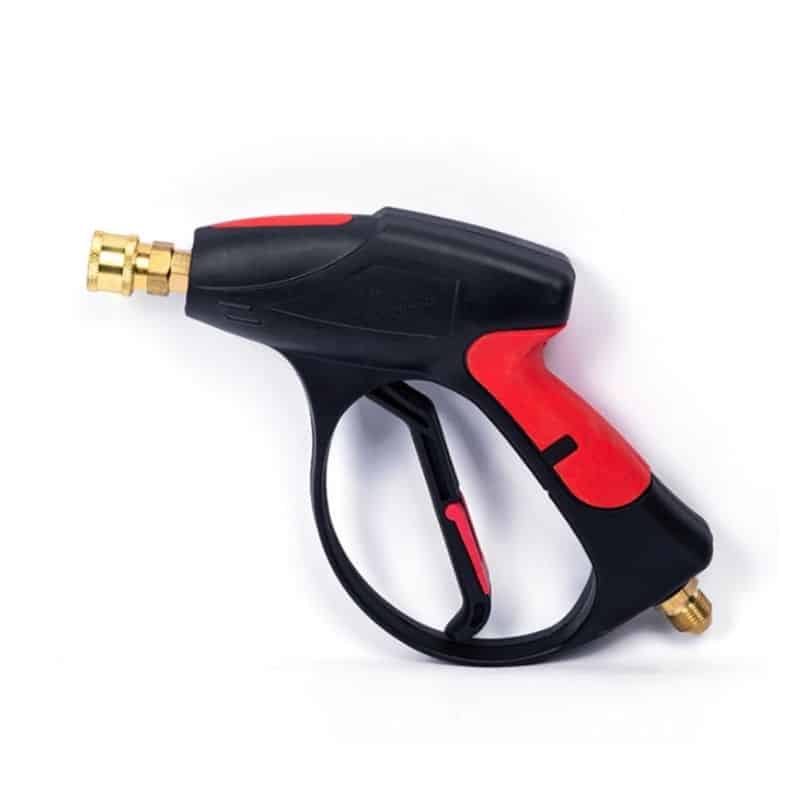
2200PSI Short Handle Pressure Washer Gun
Max Pressure: 2200PSI / 150bar
Max Temperature: 60°C / 140°F
Inlet: Optional
Item: GS-04
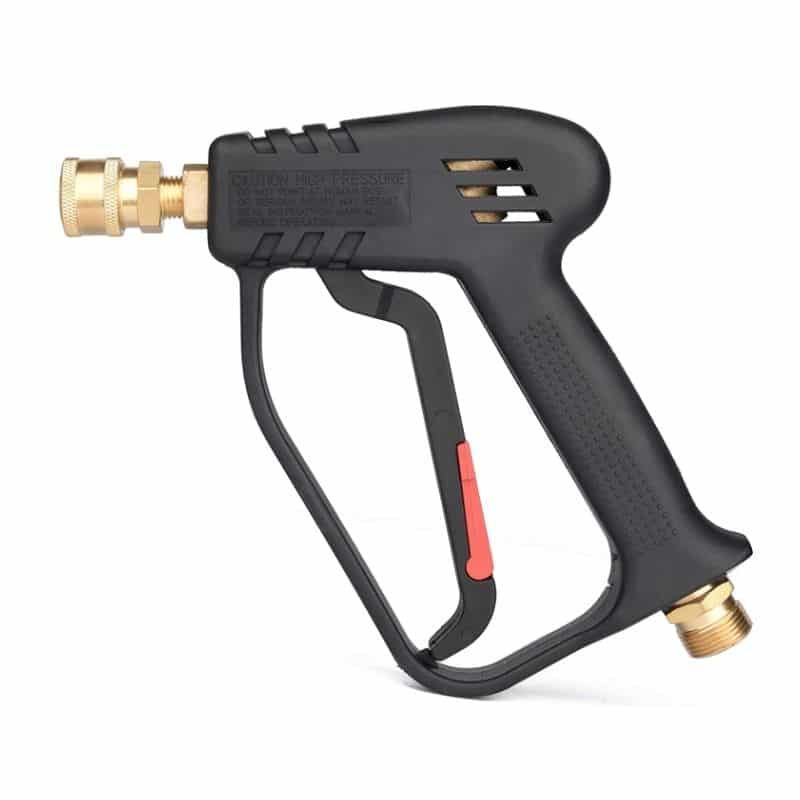
4000PSI Best Short Pressure Washer Gun
Max Pressure: 4000PSI / 280bar
Max Temperature: 60°C / 140°F
Inlet: Optional
Item: GS-05
Standard Pressure Washer Gun Kit by BISON
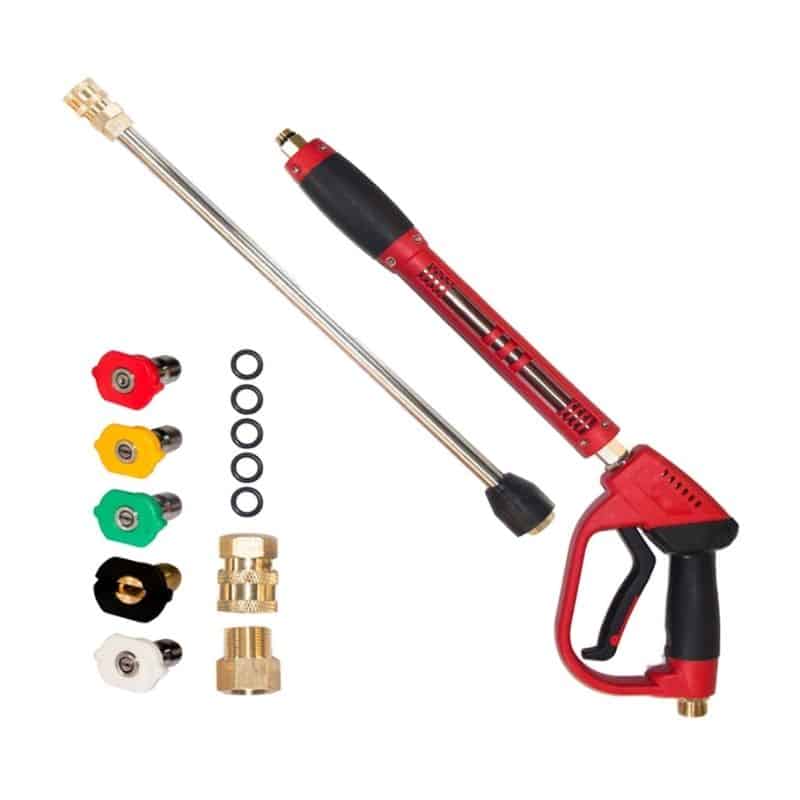
High Pressure Washer Gun, with Replacement Extension Wand
Max pressure: 5000 PSI
Max flow: 8 GPM
Max temperature of water: 60°C/140°F
Gun Inlet Size: M22*1.5-14
Three adjustable lengths: 40 inch, 24 inch, 9 inch
Brass coupler change to M22*1.5-15
5 spray nozzles:(0°, 15°, 25°, 40°, soap).
Mod: GK-01
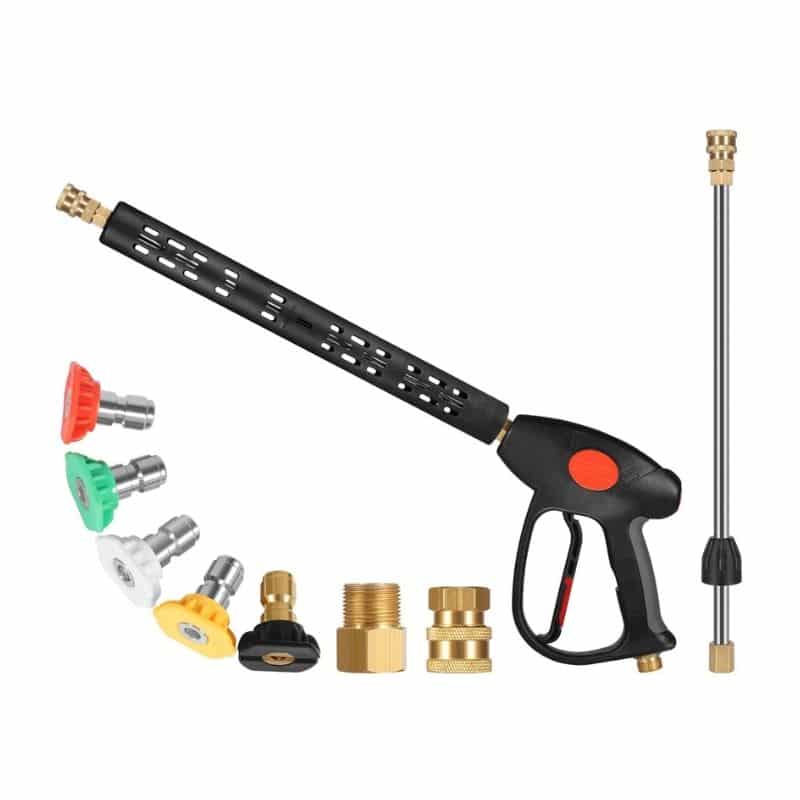
Pressure Washer Gun with 16 Inch Extension Wand
Max pressure: 4000 PSI
Max flow: 7 GPM
Max temperature of water: 60°C/140°F
Gun Inlet Size: M22*1.5-14
Three adjustable lengths: 40 inch, 24 inch, 9 inch
Brass coupler change to M22*1.5-15
5 spray nozzles:(0°, 15°, 25°, 40°, soap).
Mod: GK-02
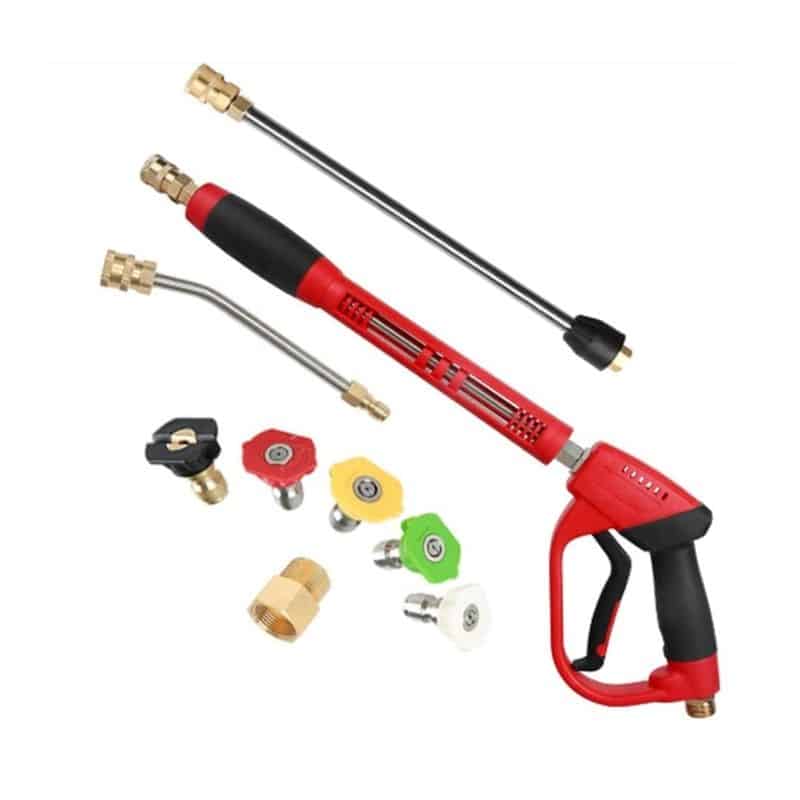
High Pressure Washer Gun with Extension Replacement Wand
Max pressure: 5000 PSI
Max flow: 8 GPM
Max temperature of water: 60°C/140°F
Gun Inlet Size: M22*1.5-14
Three adjustable lengths: 40 inch, 24 inch, 9 inch
Brass coupler change to M22*1.5-15
5 spray nozzles:(0°, 15°, 25°, 40°, soap).
Mod: GK-03
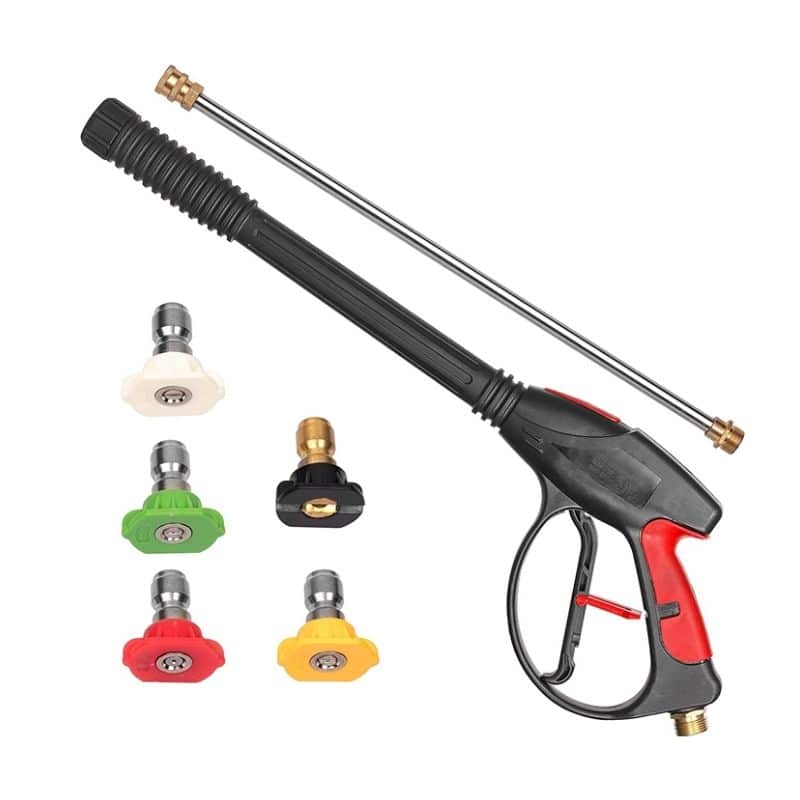
Power Spray Gun 4000psi with 19 inch Extension
Max pressure: 4000 PSI
Max flow: 7 GPM
Max temperature of water: 60°C/140°F
Gun Inlet Size: M22*1.5-14
5 spray nozzles:(0°, 15°, 25°, 40°, soap).
Mod: GK-04
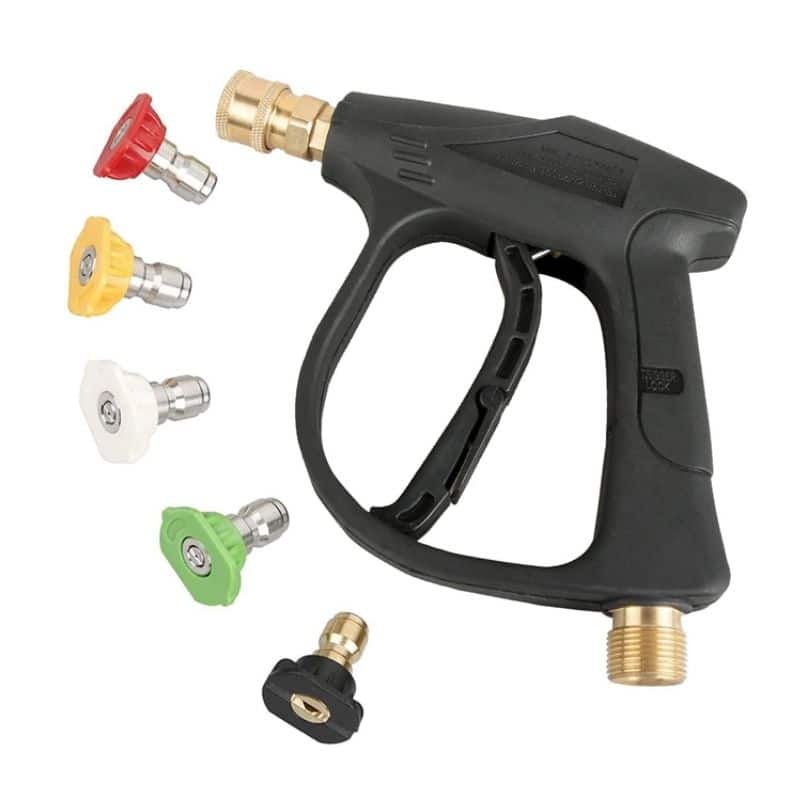
High Pressure Washer Gun
Max Pressure: 2200PSI / 150bar
Max Temperature: 60°C / 140°F
Inlet: Optional
Mod: GK-05
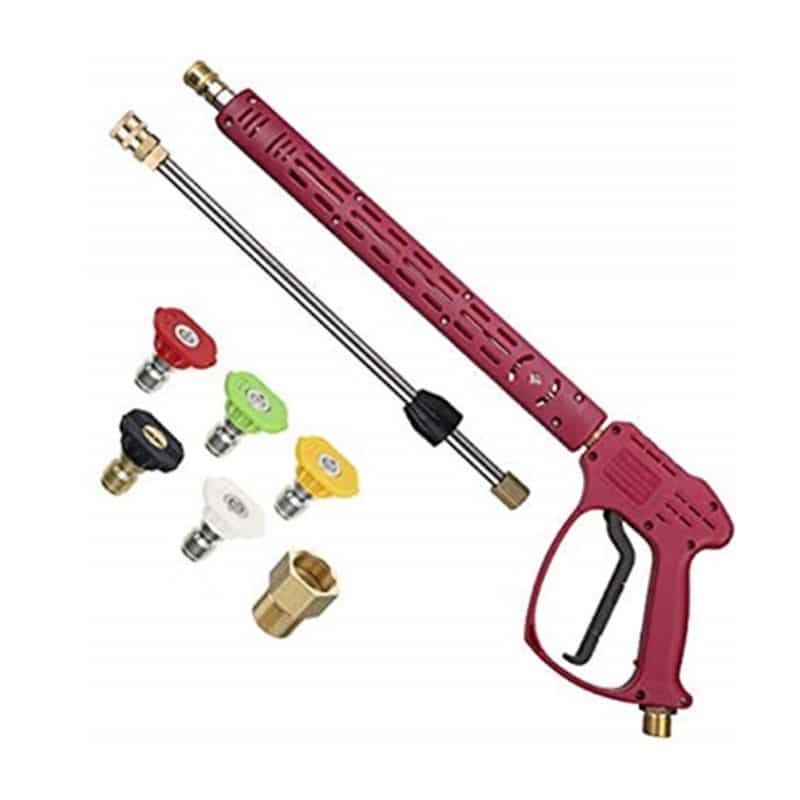
Pressure Washer Gun with Extension Wand for Hot and Cold Water
Max pressure: 5000 PSI
Max flow: 7 GPM
Max temperature of water: 60°C/140°F
Gun Inlet Size: M22*1.5-14
5 spray nozzles:(0°, 15°, 25°, 40°, soap).
Mod: GK-06
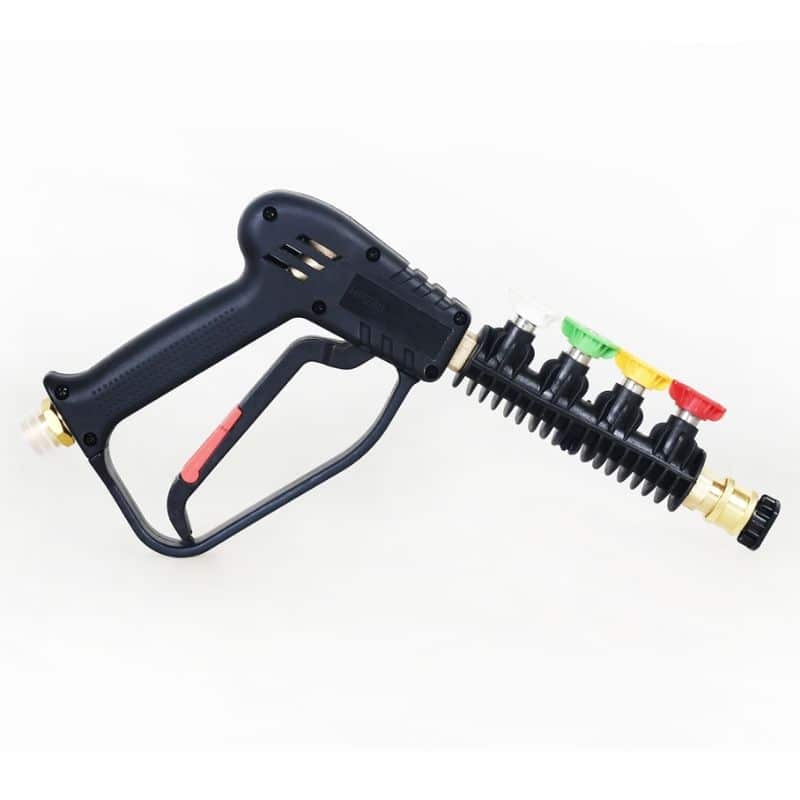
High Pressure Gun, with 5-Color Spray Nozzles 4000psi/280bar
Max pressure: 4000 PSI
Max flow: 7 GPM
Max temperature of water: 60°C/140°F
Gun Inlet Size: Optional
5 spray nozzles: (0°, 15°, 25°, 40°, soap).
Mod: GK-09
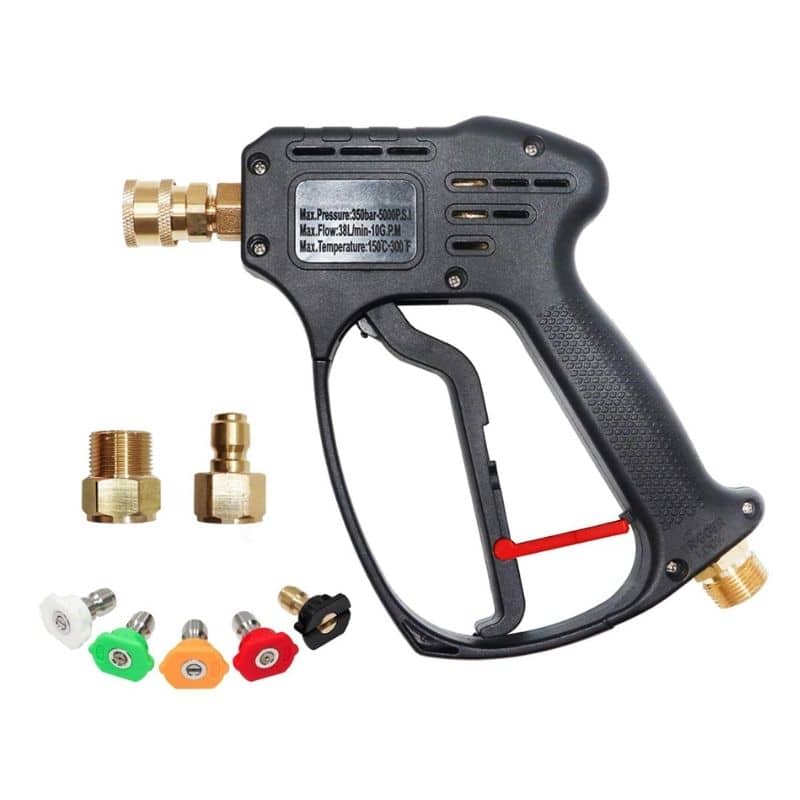
High Pressure Gun, with 5-Color Spray Nozzles 5000psi
Max pressure: 5000 PSI
Max flow: 7 GPM
Max temperature of water: 60°C/140°F
Gun Inlet Size: Optional
5 spray nozzles:(0°, 15°, 25°, 40°, soap).
Mod: GK-11
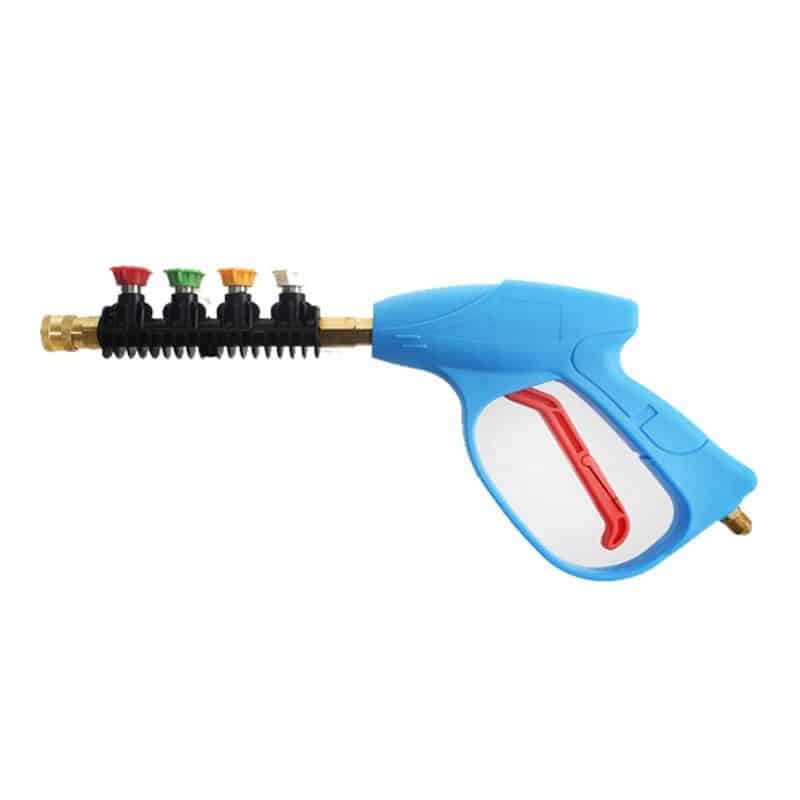
High Pressure Gun, with 4-Color Spray Nozzles 2900psi
Max Pressure: 2900PSI / 200bar
Max Temperature: 60°C / 140°F
Inlet: Optional
Mod: GK-12
Start Your Pressure Washing Business From Bison
Pressure Washer Spray Guns and Wands Guide
Types of Pressure Washer Guns
Household Washer Guns: These are medium-sized models designed for residential use. They typically have lower PSI (Pounds per Square Inch) and GPM (Gallons Per Minute) ratings, making them perfect for everyday cleaning tasks around your home, such as washing cars, decks, or outdoor furniture.
Industrial Grade Washer Guns: These are heavy-duty models built for commercial or professional use. They can handle higher PSI and GPM ratings, allowing them to tackle tough cleaning jobs like removing paint, deep-set grime, and even graffiti.
High-Pressure Washer Guns: These are designed to deliver a powerful, concentrated stream of water. They’re excellent for hard-to-reach areas or stubborn dirt. Some of our high-pressure models come with quick-release features for easy nozzle changes.
Washer Guns with Extensions/Lances: These models come with lances or extensions, helping you reach further distances or heights without a ladder. They’re great for cleaning gutters, rooftops, or tall vehicles.
Trigger Spray Washer Guns: These models feature a trigger mechanism that gives you control over the water flow. They’re user-friendly and ideal for precision cleaning.
Washer Guns with Adjustable Nozzles: These washer guns allow you to adjust the spray pattern for different tasks. You can switch between a narrow, high-pressure jet for intense cleaning and a wide, low-pressure fan for rinsing or gentle washing.
How to Use a Pressure Washer Gun
Safety First: Always wear safety goggles, sturdy footwear, and avoid loose clothing that could get caught in the washer. Make sure the area is clear of other people or pets before starting.
Connect the Pressure Washer Gun: Attach the pressure washer gun to the hose. Ensure it’s securely fastened to prevent any leaks or disconnections during operation.
Attach the Correct Nozzle: Depending on the job at hand, select and attach the appropriate nozzle to the end of the washer gun. Remember, different nozzles provide different spray patterns and pressure levels.
Turn on the Water Supply: Before starting the pressure washer, turn on the water supply to allow water to flow through the system. This helps prevent damage caused by running the washer dry.
Start the Pressure Washer: Once everything is connected and the water is running, you can start your pressure washer according to its specific instructions.
Operate the Gun: Hold the gun with both hands and aim it at the area you want to clean. Squeeze the trigger to release the pressurized water. Always aim the spray away from people, animals, and windows.
Adjust Pressure and Spray Pattern: Adjust the pressure and spray pattern as needed for different tasks. For instance, use lower pressures for delicate surfaces and higher pressures for tough grime.
Shut Down Properly: Once you’ve finished cleaning, release the trigger, turn off the pressure washer, and disconnect the water supply. Allow any remaining water to drain from the system before storing the gun.
Pressure Washer Gun Accessories
Nozzles: These come in various sizes and spray patterns, allowing you to adjust the pressure and angle of the water stream based on the job at hand. Some common nozzle types include 0-degree, 15-degree, 25-degree, 40-degree, and soap nozzles.
Extension Wands/Lances: These are ideal for reaching high or hard-to-reach places without the need for a ladder. They attach directly to your pressure washer gun and can extend several feet.
Hose Adapters: These are used to connect or extend your pressure washer hoses. They come in various sizes to suit different hose diameters.
Soap Dispensers/Detergent Bottles: These attach to your pressure washer gun or hose and allow you to apply detergent for deep cleaning tasks. Some models have adjustable dials to control the amount of soap dispensed.
Surface Cleaners: These are large, round attachments that cover a larger area than a standard nozzle, making them great for cleaning large flat surfaces like driveways or decks.
Brush Attachments: These can be used for scrubbing stubborn dirt or grime during pressure washing. They’re typically used for tasks such as car cleaning or window washing.
Quick Connect Kits: These allow for easy and quick switching between different nozzles or accessories without having to screw and unscrew each time.
Gutter Cleaners: These are bent wand attachments that help you clean gutters without needing to climb a ladder.
Pressure Washer Gun Maintenance
In the world of pressure washing, we understand that your equipment is the lifeblood of your operation. That’s why regular maintenance of your pressure washer gun is not just recommended—it’s essential. Proper upkeep not only extends the lifespan of your equipment but also ensures peak performance and safety. Here’s our guide to keeping your pressure washer guns in top-notch condition:
Regular Inspections: Regularly check your pressure washer gun for any signs of wear or damage. Pay special attention to the hose connections, seals, and the trigger for any potential issues.
Clean After Every Use: Ensure you rinse the detergent off the gun and through the system after each use. This prevents any buildup that could clog your system and reduce efficiency.
Nozzle Maintenance: Remove and clean the nozzles regularly to prevent any blockages. A small piece of debris can significantly reduce your pressure washer gun’s effectiveness.
Proper Storage: Store your pressure washer gun in a clean, dry place to prevent rust and corrosion. Always disconnect from the pressure washer when not in use to relieve any residual pressure.
Lubrication: Lubricate moving parts such as the trigger mechanism and connections periodically to ensure smooth operation.
Winterize: If you’re in a region with freezing temperatures, make sure to protect your pressure washer gun from the cold as water left inside can freeze and cause damage.
Remember, a well-maintained pressure washer gun is a powerful tool. And as a business owner, investing time in maintenance now can save you money on costly repairs or replacements down the line.
Your equipment is your partner in this business. Treat it with care, and it will serve you well in return. Happy pressure washing!
Troubleshooting Pressure Washer Guns
No Pressure or Low Pressure: This could be due to a clogged nozzle. Turn off the system and check the nozzle for any debris. If it’s blocked, you can clean it with a small piece of wire or a needle. Also, check whether the water supply is sufficient and the hose isn’t kinked or leaking.
Pressure Washer Loses Pressure When the Trigger is Pulled: This could indicate an issue with the unloader valve, which is designed to divert water flow when the trigger isn’t engaged. You might need to adjust or replace this part.
Cannot Shut Off Pressure: If you cannot shut off the water from the trigger wand and there are no known issues with the unloader valve, there is likely an issue with the wand itself. The problem could be a stuck trigger due to dirt or debris. Clean the trigger area thoroughly, and if the problem persists, consider replacing the gun.
Leaking Gun: Leaks can occur due to worn-out seals or O-rings. Inspect these parts and replace them if necessary. Always make sure connections are tight and secure.
Irregular Spray Pattern: This is often caused by a worn-out or incorrect nozzle. Check the condition of the nozzle and replace it if needed. Ensure you’re using the right nozzle for the job.
What is the range of PSI available within Pressure Washer Spray Guns?
A pressure washer is an efficient device that uses water flow to clean surfaces. Water pressure is measured in pounds per square inch or lbs, and cleaning capacity can be measured in gallons per minute (GPM). PSI rating reflects the strength of the water flow and is important for understanding the overall power of a pressure washer. The overall power of a pressure washer can be calculated by multiplying PSI by GPM (PSI x GPM). In pressure washer guns, the highest PSI can be 3100 or higher. At Bison, we recommend a washer for light duty work for vehicles or outdoor furniture with a maximum PSI of 1899. medium duty is recommended for fences or patios with a maximum PSI between 1900-2799. Heavy duty jobs are recommended for driveways or stripping paint with a maximum PSI of 2800 and up. In addition, we offer commercial pressure washers with a maximum PSI of over 3100 for a variety of commercial needs.
Are Pressure Washer Guns Universal?
Pressure washer guns almost always work the same way, so they are usually interchangeable. While different brands of guns may look different and some may have more accessories, their basic functions are standardized. Some manufacturers will offer their own brand of gun to match their pressure washers. If you want 100% compatibility and to avoid using the wrong accessories, it is recommended that you choose the same brand of gun. Now, however, this is no longer necessary. Most consumer grade pressure washers have trigger guns that work the same way and they are essentially compatible with each other. Therefore, you can buy any brand of gun and they should all be compatible with your pressure washer. You just need to check the connection fittings before you buy so there are no compatibility issues.
What should you know about upgrade pressure washer guns?
When considering upgrading your pressure washer’s lance, the most obvious reason is that the current lance is damaged. However, if you want better cleaning results, upgrading the lance can be a good option. More research and understanding is needed when choosing to ensure your choice is right for your pressure washer. Other factors worth considering include ergonomic design and durability. A good gun design should make it more comfortable for you to use. Also, if you use your pressure washer frequently, it is recommended that you choose a durable, heavy-duty gun. In addition, the PSI capacity and GPM flow rate of the cleaner need to be considered to ensure that the gun, spray bar and nozzle you choose will meet your needs. Finally, it is important to note that not all pressure washers require an upgraded gun. If your pressure washer is already capable of meeting your needs, then upgrading the gun may not be necessary.
FAQs
Which is better, industrial or residential pressure washer spray guns?
There are advantages and disadvantages to both domestic and industrial pressure washer guns. Choose the right gun based on the use scenario and needs. Household guns are affordable and suitable for handling cleaning tasks in residential and domestic use, and usually do not require particularly powerful nozzles. Industrial guns, on the other hand, are usually designed to be more durable and suitable for greater water pressure and frequency of use.
How long do spray guns last before needing a replacement?
The service life of a gun depends on maintenance and use. A well-maintained gun will last for years, while a poorly maintained gun will wear out quickly. Maximize the life of your gun by cleaning it regularly and following the manufacturer’s usage guidelines.
CONTACT US TO KNOW MORE BISON PRESSURE WASHER
